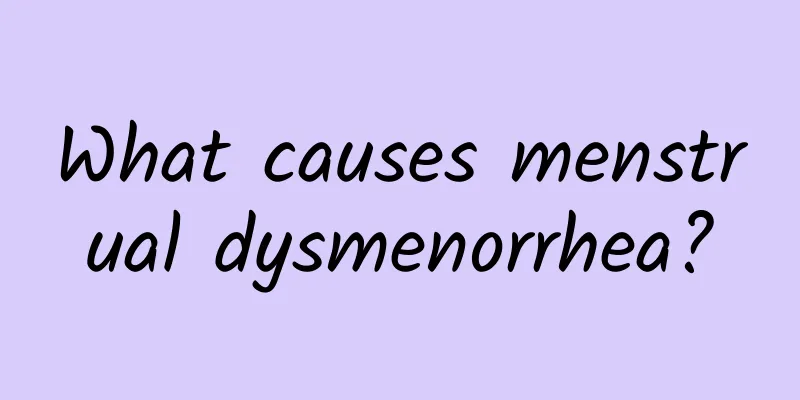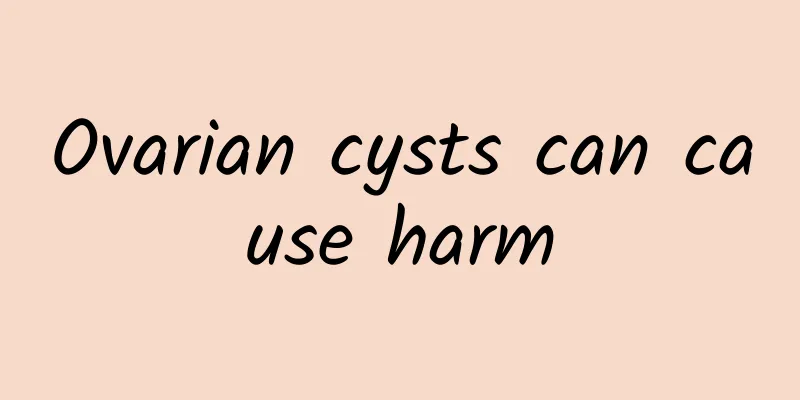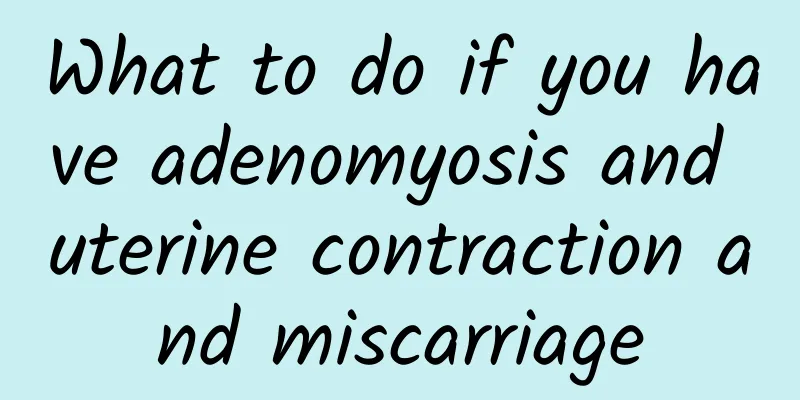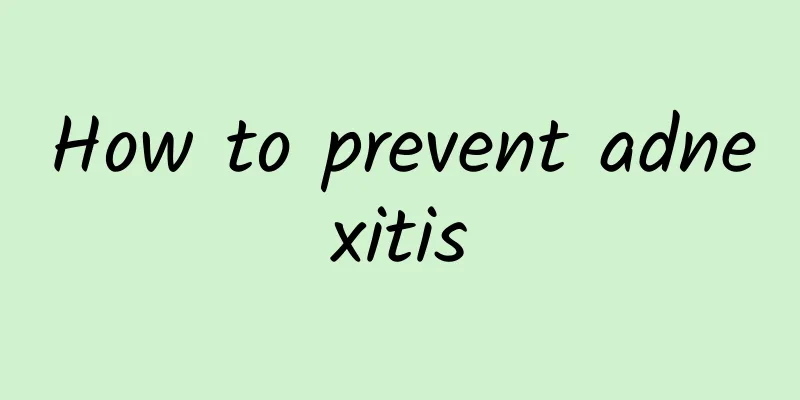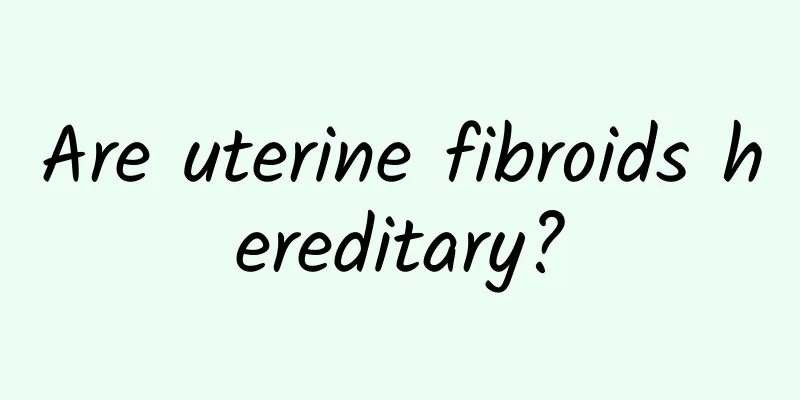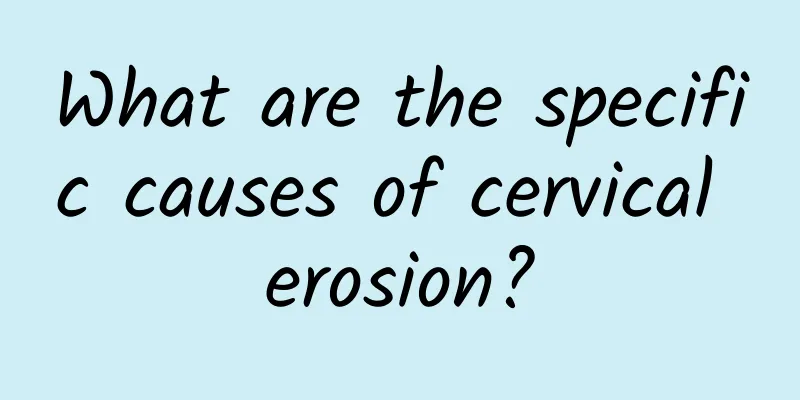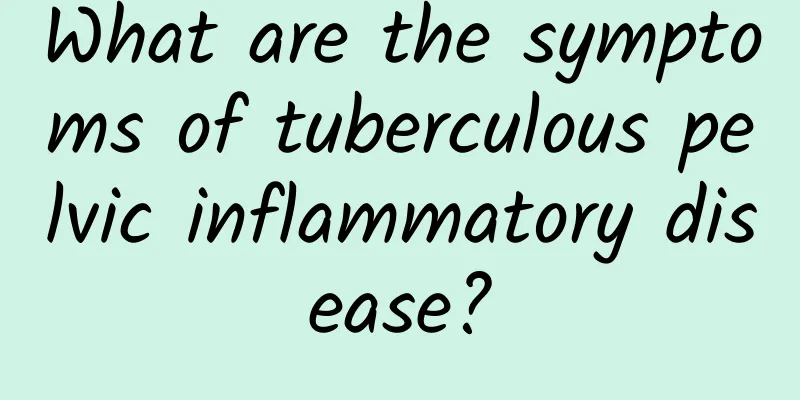Three common causes of uterine fibroids and postoperative care for uterine fibroids

|
Uterine fibroids are one of the most common benign tumors in the female reproductive organs and one of the most common tumors in the human body. They are also called fibroids and uterine fibroids. Because uterine fibroids are mainly composed of the proliferation of uterine smooth muscle cells and a small amount of fibrous connective tissue exists as supporting tissue, they are more accurately called uterine leiomyoma. Uterine fibroids. Analysis of three causes of uterine fibroids in women 1. Sexual intercourse during the recovery period of pregnancy can easily lead to uterine fibroids. Sexual intercourse is prohibited in the early stages of pregnancy and two months before delivery, otherwise it will lead to miscarriage or premature birth and damage the uterus. Therefore, this is one of the causes of uterine fibroids. 2. The cause of uterine fibroids is related to sexual dysfunction. If women indulge in sex or minors start sex, it will damage their physical and mental health and easily lead to diseases such as cervical erosion and uterine fibroids. 3. Long-term unclean sex life is also a cause of uterine fibroids. Not paying attention to hygiene during sex. Pathogens can enter the uterine cavity through the vagina and cause endometrial infection. In addition, the stimulation of male smegma on the cervix is one of the causes of uterine fibroids. Two conventional treatments for uterine fibroids 1. The invasive hysteroscopy system can diagnose and treat a variety of diseases, such as female dysfunctional uterine bleeding, submucosal fibroids, endometrial polyps, intrauterine contraceptive rings, residual embryonic tissue after abortion, etc. After hysteroscopy, not only can laparotomy be avoided, but the uterus can also be preserved. Hysteroscopy is also safe for patients with uterine fibroids such as thrombocytopenia, hemophilia, leukemia, etc. Therefore, this is one of the treatments for uterine fibroids. 2. The minimally invasive hystero-laparoscopic system can also examine the vagina and uterine cavity of children and unmarried women, detect abnormalities in a timely and accurate manner, and treat the corresponding uterine fibroids. At the same time, it can also protect the integrity of the hymen and relieve the patient's pain. This is one of the easiest ways to treat uterine fibroids. Hystero-laparoscopy can also be used to diagnose the causes of infertility, correct uterine malformations, and diagnose early uterine fibroids. It is also a treatment method for uterine fibroids. Three types of care after uterine fibroid surgery 1. Catheter care After total hysterectomy, patients routinely retain urinary catheters for 5 to 7 days. Urinary catheters are usually double-lumen airbag catheters. The vaginal opening is disinfected every day, and the urine bag is changed every other day to prevent urethral infection and ascending infection. At the same time, observe urine volume, color, and other urine, actively prevent urinary tract infections, and appropriately strengthen bladder motility. 2. Psychological care Total hysterectomy has a great psychological impact on patients, especially young women. More communication between relatives and friends can help patients correctly understand and treat the disease, eliminate or relieve tension, and enhance their confidence in overcoming the disease. In particular, as a spouse, you should supervise, observe, and comfort the patient, and cooperate with the doctor to strengthen psychological treatment; at the same time, the tacit understanding between husband and wife is conducive to promoting communication and coordination between patients and other family members and medical staff. 3. Diet adjustment In terms of diet, patients are advised to eat more high-protein, high-iron, and high-fiber foods after passing gas, such as cherries, grapes, fish soup, vegetables, etc., to prevent constipation and promote wound healing; but try to eat less irritating and gas-producing foods. |
Recommend
When should uterine fibroid surgery be performed? Is uterine fibroid a benign tumor?
Uterine fibroids are a common gynecological disea...
You can execute it immediately after reading it! Nutritionist's sugar reduction principles & daily diet revealed
It is not an exaggeration to say that a low-sugar...
What is the reason for the recurrence of vaginitis?
Vaginitis brings a lot of troubles to women, espe...
Tell you some examination methods for cervical erosion
What are the examination methods for cervical ero...
Do you know the causes of dysmenorrhea?
Dysmenorrhea is a problem that many women have. M...
Can't eat cold food if you have premature ovarian failure?
Although premature ovarian failure is related to ...
What causes ectopic pregnancy?
Ectopic pregnancy is a very difficult disease. Th...
What to do if endometrial polyps recur
What should I do if endometrial polyps recur? Tre...
What are the common symptoms of cervicitis?
In fact, few people with cervicitis will notice t...
What should I do if my menstrual flow is small after uterine fibroid surgery?
Patient: I am 46 years old and have multiple uter...
Why is the first menstrual period after a miscarriage black?
If the first menstrual period after abortion is b...
How much is HCG for ectopic pregnancy
What is the HCG level for ectopic pregnancy? 1. C...
Is uterine fibroid a benign tumor? Hysterectomy may be performed depending on the situation
The formation of uterine fibroids is often relate...
Is abortion painful?
Abortion is a common method of miscarriage and is...
How to care for women suffering from bacterial vaginosis
What are the precautions for bacterial vaginosis ...
